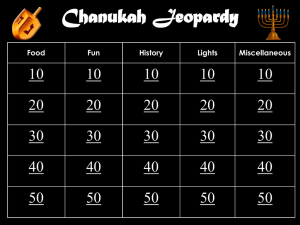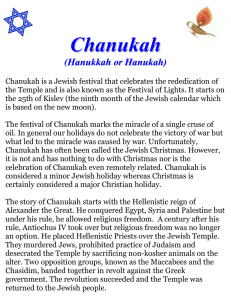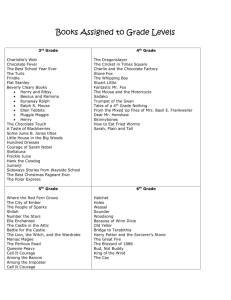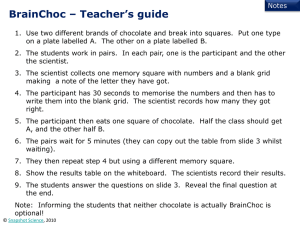Dreidels and Gelt - Rabbi Joe Klein
advertisement
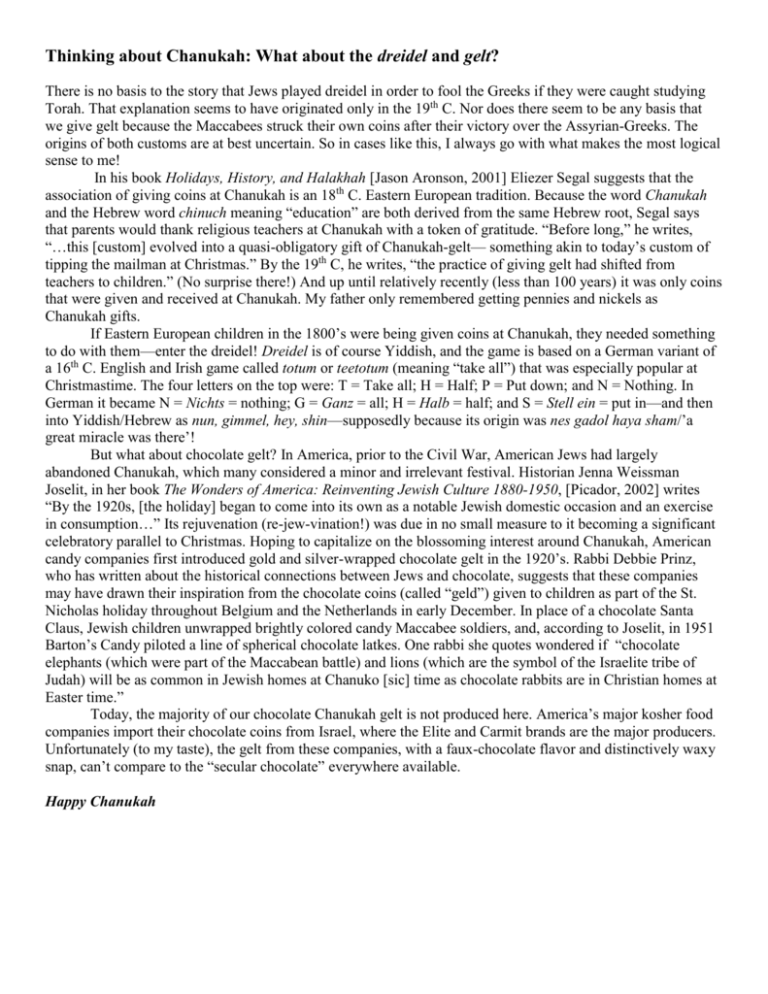
Thinking about Chanukah: What about the dreidel and gelt? There is no basis to the story that Jews played dreidel in order to fool the Greeks if they were caught studying Torah. That explanation seems to have originated only in the 19th C. Nor does there seem to be any basis that we give gelt because the Maccabees struck their own coins after their victory over the Assyrian-Greeks. The origins of both customs are at best uncertain. So in cases like this, I always go with what makes the most logical sense to me! In his book Holidays, History, and Halakhah [Jason Aronson, 2001] Eliezer Segal suggests that the association of giving coins at Chanukah is an 18th C. Eastern European tradition. Because the word Chanukah and the Hebrew word chinuch meaning “education” are both derived from the same Hebrew root, Segal says that parents would thank religious teachers at Chanukah with a token of gratitude. “Before long,” he writes, “…this [custom] evolved into a quasi-obligatory gift of Chanukah-gelt— something akin to today’s custom of tipping the mailman at Christmas.” By the 19th C, he writes, “the practice of giving gelt had shifted from teachers to children.” (No surprise there!) And up until relatively recently (less than 100 years) it was only coins that were given and received at Chanukah. My father only remembered getting pennies and nickels as Chanukah gifts. If Eastern European children in the 1800’s were being given coins at Chanukah, they needed something to do with them—enter the dreidel! Dreidel is of course Yiddish, and the game is based on a German variant of a 16th C. English and Irish game called totum or teetotum (meaning “take all”) that was especially popular at Christmastime. The four letters on the top were: T = Take all; H = Half; P = Put down; and N = Nothing. In German it became N = Nichts = nothing; G = Ganz = all; H = Halb = half; and S = Stell ein = put in—and then into Yiddish/Hebrew as nun, gimmel, hey, shin—supposedly because its origin was nes gadol haya sham/’a great miracle was there’! But what about chocolate gelt? In America, prior to the Civil War, American Jews had largely abandoned Chanukah, which many considered a minor and irrelevant festival. Historian Jenna Weissman Joselit, in her book The Wonders of America: Reinventing Jewish Culture 1880-1950, [Picador, 2002] writes “By the 1920s, [the holiday] began to come into its own as a notable Jewish domestic occasion and an exercise in consumption…” Its rejuvenation (re-jew-vination!) was due in no small measure to it becoming a significant celebratory parallel to Christmas. Hoping to capitalize on the blossoming interest around Chanukah, American candy companies first introduced gold and silver-wrapped chocolate gelt in the 1920’s. Rabbi Debbie Prinz, who has written about the historical connections between Jews and chocolate, suggests that these companies may have drawn their inspiration from the chocolate coins (called “geld”) given to children as part of the St. Nicholas holiday throughout Belgium and the Netherlands in early December. In place of a chocolate Santa Claus, Jewish children unwrapped brightly colored candy Maccabee soldiers, and, according to Joselit, in 1951 Barton’s Candy piloted a line of spherical chocolate latkes. One rabbi she quotes wondered if “chocolate elephants (which were part of the Maccabean battle) and lions (which are the symbol of the Israelite tribe of Judah) will be as common in Jewish homes at Chanuko [sic] time as chocolate rabbits are in Christian homes at Easter time.” Today, the majority of our chocolate Chanukah gelt is not produced here. America’s major kosher food companies import their chocolate coins from Israel, where the Elite and Carmit brands are the major producers. Unfortunately (to my taste), the gelt from these companies, with a faux-chocolate flavor and distinctively waxy snap, can’t compare to the “secular chocolate” everywhere available. Happy Chanukah
